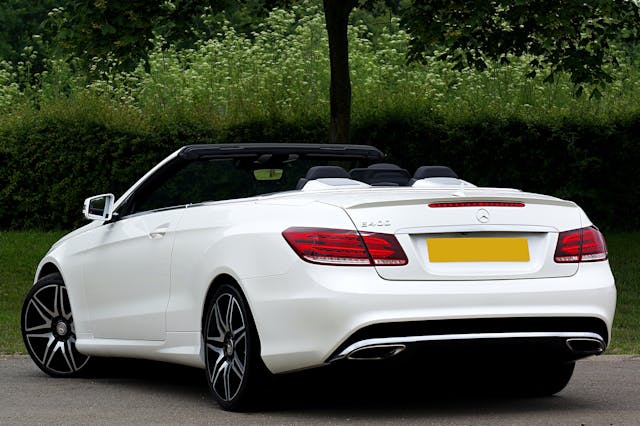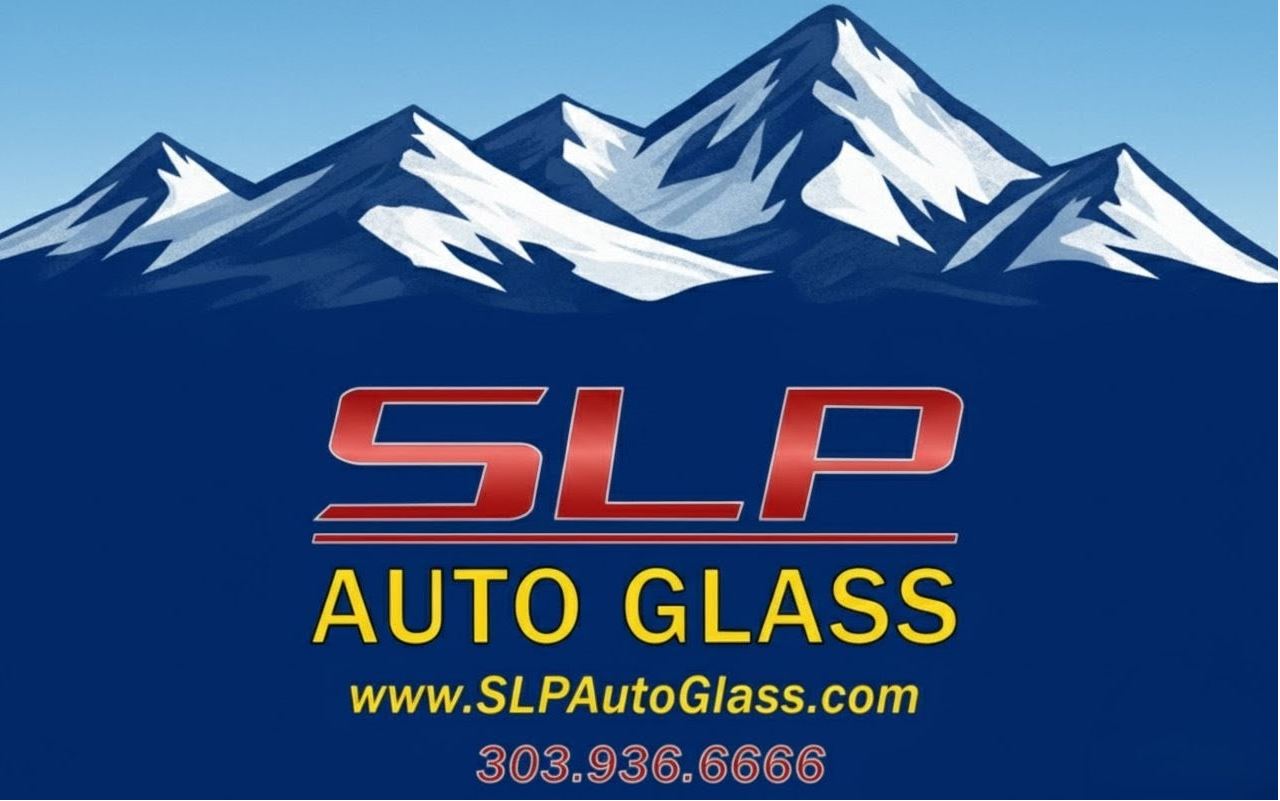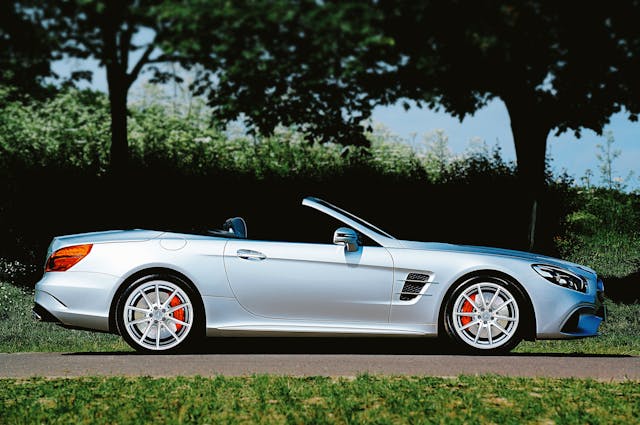The replacement of auto glass in convertibles requires specialized knowledge and techniques, significantly more so than standard vehicles. This article will delve into the unique aspects of auto glass replacement for convertibles, particularly focusing on the Denver Metro area. Given the specific challenges and requirements of convertible vehicles, understanding these considerations ensures that your vehicle retains its aesthetic appeal, structural integrity, and, most importantly, safety features.
Understanding the Unique Structure of Convertible Auto Glass
Convertible vehicles, with their distinct design and functionality, require a specific approach to auto glass that differs significantly from their hardtop counterparts. The unique structure of convertible auto glass is not just about aesthetics; it’s intricately linked to the overall performance and safety of the vehicle. This section expands on the specialized nature of convertible auto glass, highlighting its design considerations, material selection, and the importance of precision in its maintenance and replacement.
Design Considerations for Convertible Auto Glass
The design of convertible auto glass takes into account the need for flexibility and durability. Unlike standard vehicles, convertibles experience additional stress on their windows and windshield due to the dynamic forces encountered when the top is down. This necessitates glass that can withstand these forces without compromising the vehicle’s integrity or the occupants’ safety. The curvature and fitting of the glass, for instance, are specifically engineered to ensure a seamless integration with the convertible’s folding mechanism, reducing the risk of leaks or damage when the top is moved.
Material Selection for Enhanced Durability
The materials used in convertible auto glass are chosen for their ability to endure the unique challenges posed by the vehicle’s design. Laminated glass, commonly used for windshields, offers a durable solution that can prevent shattering upon impact, providing an essential safety feature for convertible drivers and passengers. For side and rear windows, tempered glass or high-quality plastic materials may be used, offering a balance between durability and flexibility. These materials are also selected for their resistance to UV light and temperature fluctuations, critical factors given the exposure convertibles have to the elements.
Precision in Installation and Replacement
Given the specific requirements of convertible auto glass, precision in its installation and replacement is paramount. The process involves not only fitting the glass securely in place but also ensuring that it aligns perfectly with the vehicle’s unique bodywork and folding top mechanism. Any discrepancies in installation can lead to wind noise, leaks, or even damage to the glass and vehicle over time. Specialized tools and techniques are often required to achieve this level of precision, underscoring the importance of professional service in maintaining the quality and functionality of convertible auto glass.
Technology in Convertible Auto Glass
Advancements in auto glass technology have led to significant improvements in the performance and safety of convertible auto glass. Innovations such as hydrophobic coatings and improved UV protection enhance the driving experience by maintaining clear visibility and protecting the interior from sun damage. Additionally, the development of stronger, more flexible glass compositions has increased the resilience of convertible auto glass to physical stress and environmental factors.
Dealing with Rear Windows: Special Challenges

Dealing with the rear windows of convertibles presents a set of unique challenges not typically encountered with standard vehicles. These challenges stem from the convertible’s design, the materials used, and the functional requirements of the rear window. Below are detailed points that encapsulate the special considerations necessary for dealing with rear windows in convertibles:
- Material Flexibility and Durability
- Plastic vs. Glass: Convertibles often use flexible plastic (such as polyvinyl chloride or PVC) for rear windows to accommodate the folding roof mechanism. This material must be durable enough to withstand folding and unfolding while maintaining clarity and resistance to scratching and UV damage.
- Glass Options: When glass is used, it is typically tempered for strength and safety. These glass windows must be carefully integrated into the convertible top to ensure they do not shatter or become dislodged during operation.
- Integration with the Convertible Top
- Sealing: Proper sealing is crucial to prevent water leakage and wind noise. The window must be perfectly integrated with the convertible top fabric or material, requiring precision in installation.
- Mechanical Stress: The rear window and its sealing mechanisms must endure the mechanical stresses of the convertible top’s operation without compromising the seal or damaging the window.
- Visibility and Safety
- Clear Visibility: Maintaining clear visibility through the rear window is essential for safety. Over time, plastic windows can become cloudy or scratched, while glass windows may fog or collect condensation, necessitating specific maintenance or replacement strategies.
- Defrosting Capabilities: For glass rear windows, incorporating defrosting capabilities is a challenge but necessary for maintaining visibility in cold weather. This involves integrating electrical heating elements without compromising the window’s integrity or the convertible top’s functionality.
- Maintenance and Care
- Cleaning and Conditioning: Special products and techniques are recommended for cleaning and conditioning plastic rear windows to prevent cloudiness and scratches. Glass windows require regular cleaning and inspection to ensure the defrosting elements function correctly.
- Protection from the Elements: Regular maintenance includes protecting the window from UV damage and ensuring the seals remain intact to prevent water ingress.
- Replacement Considerations
- Professional Installation Required: Replacing a convertible’s rear window, whether plastic or glass, often requires specialized skills to ensure the new window is correctly integrated with the convertible top.
- Cost Factors: The cost of replacing a convertible’s rear window can vary significantly depending on the material (plastic or glass), the complexity of the installation, and the necessity of maintaining integrated features like defrosting elements.
Auto glass replacement in convertibles involves more than just fitting a new piece of glass. It’s about ensuring the structural integrity, safety, and aesthetic appeal of a unique vehicle type. For convertible owners in the Denver Metro area, understanding these special considerations is key to protecting their investment and enjoying their vehicle to the fullest. By choosing the right professionals and materials, and adhering to proper maintenance practices, convertible owners can ensure their auto glass remains in pristine condition, regardless of the challenges posed by the local climate or the road ahead.
Content reviewed and published by SLP AutoGlass Editorial Team.

